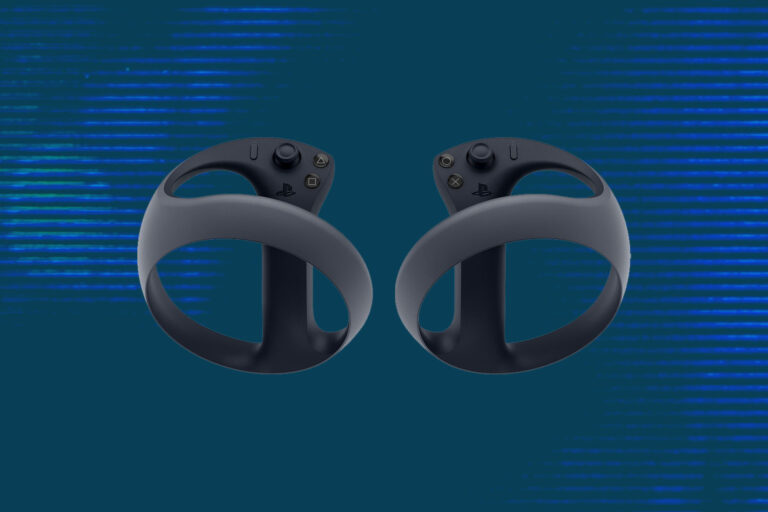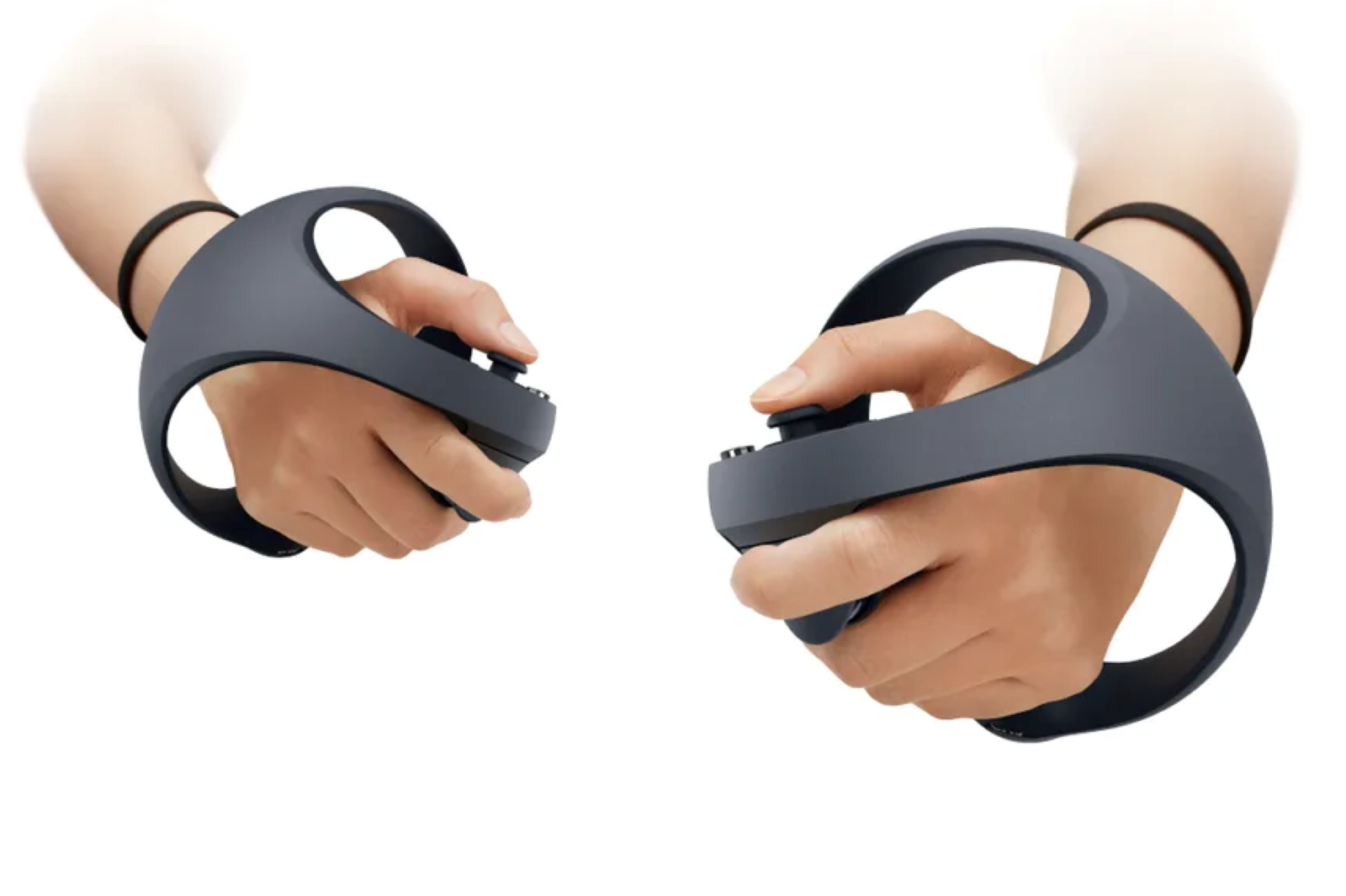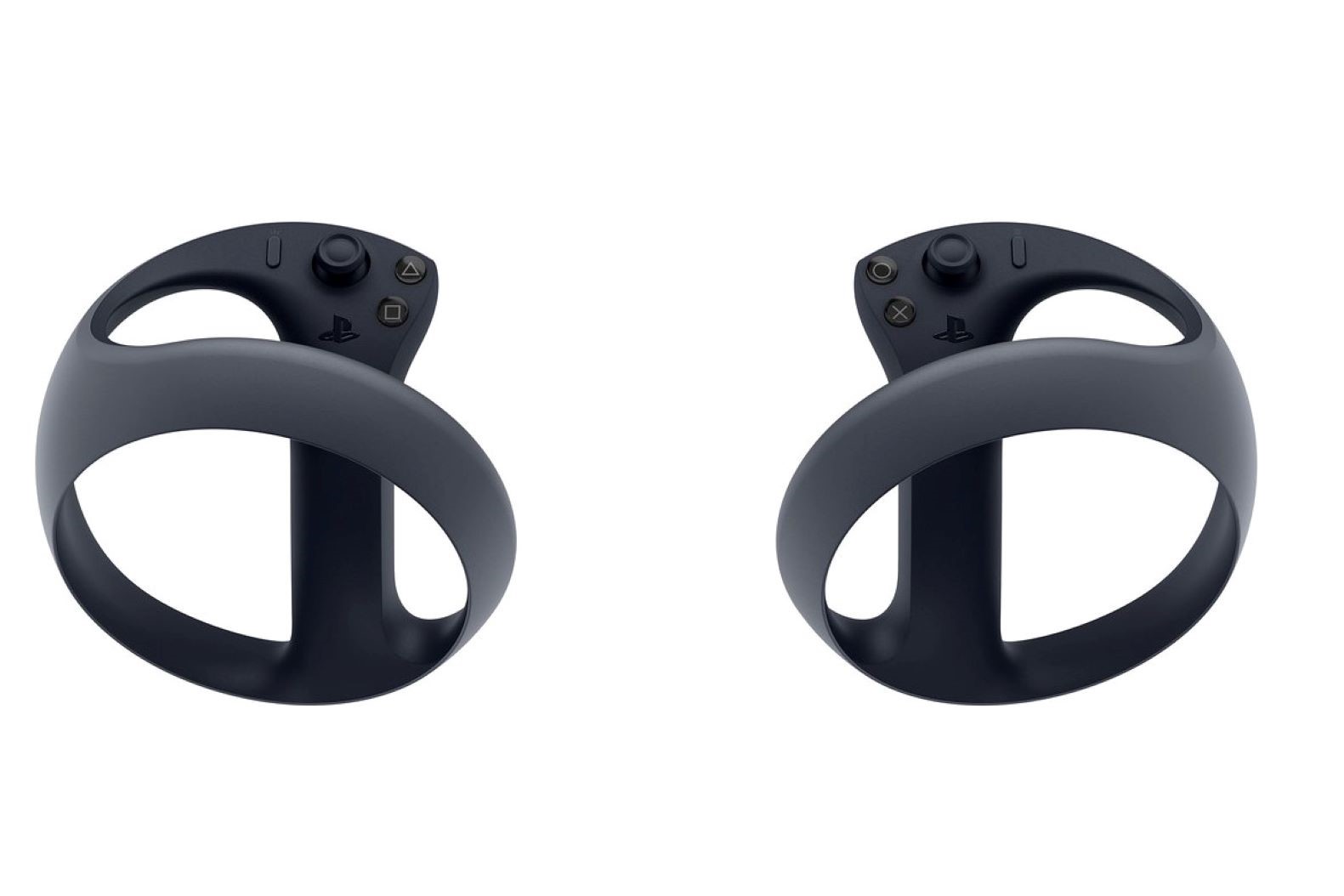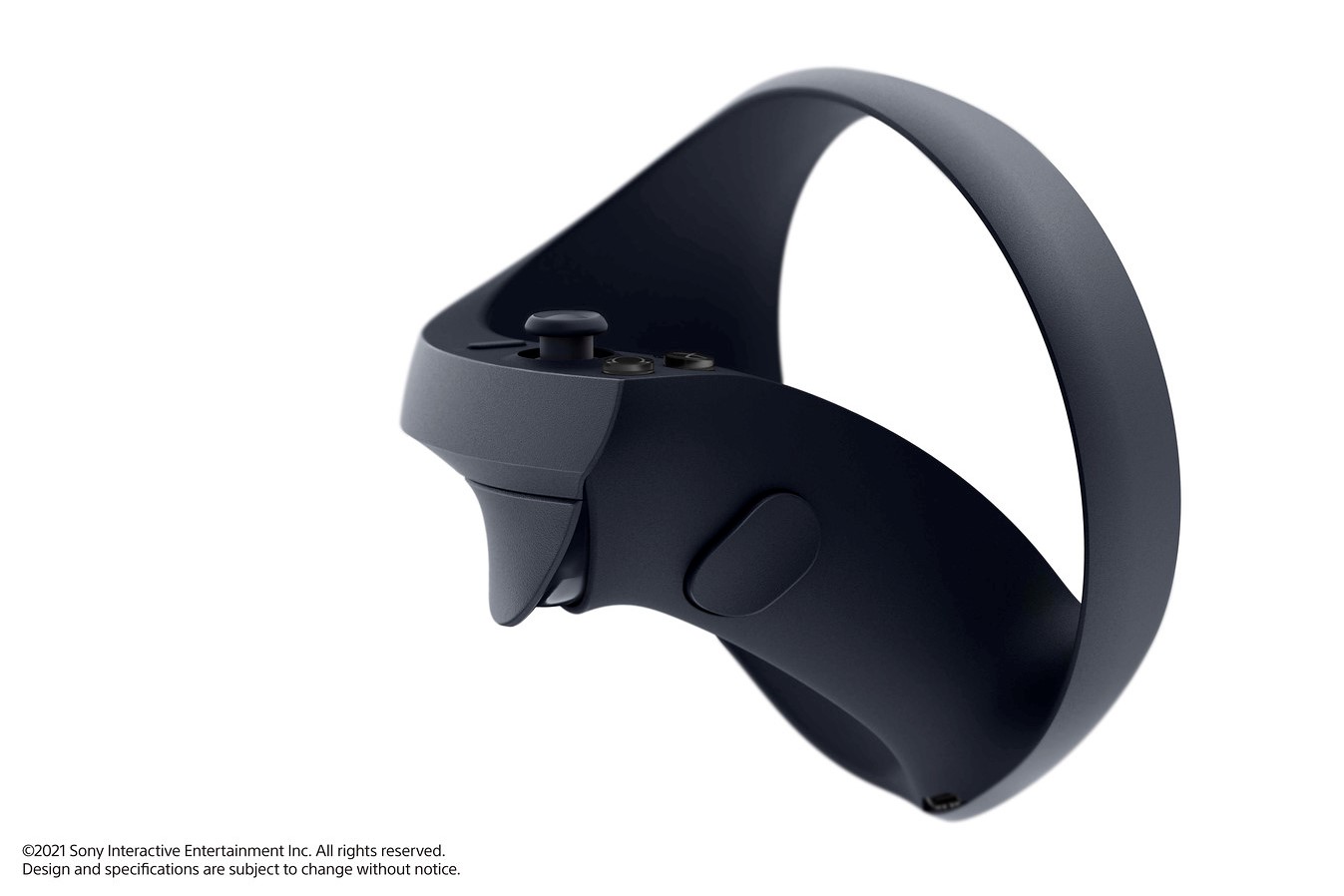The redesigned VR controllers feature haptic feedback, adaptive triggers and finger tracking.
Sony reveals its next-gen PSVR controller

Prior to its latest State of Play showcase, PlayStation teased a few key details on what to expect from the next generation of PlayStation VR for PlayStation 5. There wasn’t a lot of information to go off, but the few details revealed pointed towards a headset with advanced tracking and input, plus an increased field of view. But most importantly, Sony teased the new PSVR controller, a replacement for the maligned PlayStation Move wands that adapts some of the DualSense 5’s features for VR. Today, Sony has given us a much closer look at the new PSVR controllers, as well as more details on the lessons learned from DualSense.
At first glance, the new PSVR controllers look like they’ve borrowed some inspiration from VR competitors Oculus and Vive too. Rather than two wands, the new PSVR controllers wrap around the user’s hands like gloves, with the joysticks and triggers more naturally placed for the types of interactions immersive virtual reality games offer.
The PlayStation 5 might be an eyesore, but based on these images alone, the new PSVR controllers are easily the best-looking VR controls on the market.






Triggers, buttons and features
On both controls, you’re getting the same Adaptive Triggers the DualSense offers. If you haven’t had the joy of using the new PlayStation 5 controller yet, Adaptive Triggers offer an immersive experience where the tension in the L2 and R2 buttons matches an on-screen action, such as web-swinging in Spider-Man or putting the pedal to the metal in Destruction AllStars.
The new VR controllers also have the same haptic feedback as the DualSense. The haptic feedback in the PS5 controllers is one of those features that you’ve really got to try for yourself to understand how impressive it is. The vibrations in the controller are so precise, they can mimic certain environmental sensations, like the feeling of skating over ice in Astro’s PlayRoom.
These two features alone were one of the biggest talking points when the PlayStation 5 and Xbox Series X launched late last year so it makes sense that Sony would double down on DualSense in an immersive VR application.
Finger touch detection
The other interesting tidbit that Sony shared in its blog post was the new PSVR controller’s ability to detect your fingers and thumb movements without the need to actually press a button. Details on this feature are very slim but a feature like that could make for more accurate hand gestures and movements in games for actions like picking up objects, or realistically, flipping off your friends.
One of the biggest issues with the original PSVR’s tracking was that the camera struggled to track the PS Move and headset unless the lighting conditions were just right. The new controllers are actually tracked by the headset itself, which suggests the new PSVR headset will have some form of inside-out tracking camera or sensor, which could also mean the next generation of PSVR will offer full-room VR experiences usually reserved for pricier headsets like the Oculus or Vive, or something closer to it at least.
When PlayStation first revealed details on the new PSVR and controller, it tempered expectations by confirming the new system would not be released in 2021. Still, we're excited to hear more and get a closer look at the headset itself over the year.
Related Articles



